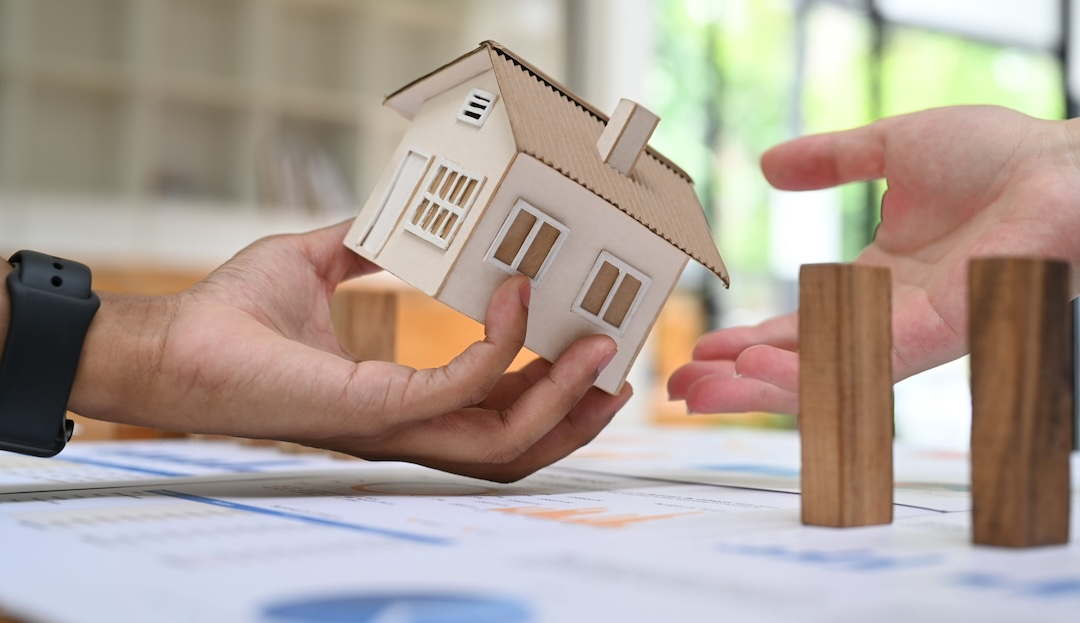
Considering construction of a house with your Self-Managed Super Fund (SMSF)? Excellent on you! Many Aussies are thinking about this smart action to take charge of their retirement funds and create wealth. To be honest, though, the world of SMSFs and building loans can seem as convoluted as a backstreet map for Melbourne. Still, you worry? This guide is here to step-by-step break it all down for you so you can negotiate your first SMSF home building project like a seasoned professional.
First, let me say it straightforwardly. An SMSF is really your own personal super fund under management. This type of account allows you more control and adaptability over your investment decisions than in conventional super funds. One of those decisions could be property investment. These days, SMSF loans become relevant when it comes to building a brand-new house.
Using your SMSF to finance the building of a new house has several benefits rather than purchasing an existing property. Depending on your state, you may save potential stamp duty; you also get a property fit for your (or future tenants') needs and the gratification of building something brand new. For your retirement nest egg, property can also be a solid long-term growth asset.
Now, obtaining a regular home loan is not quite the same as borrowing inside your SMSF to build a house. You have to learn about particular guidelines called the Limited Recourse Borrowing Arrangement (LRBA). Simply said, an LRBA indicates that the lender's only recourse should the SMSF default on the loan for some reason be limited to the property itself. They cannot touch other assets housed within your SMSF. For your retirement funds, this is absolutely vital protection.
A separate holding trust—also known as a bare trust—is created to own the property on behalf of your SMSF until the loan is fully paid off in order to enable this. Your SMSF then handles loan payback. Though it sounds a bit like financial gymnastics, this is a tried-by-fire method.
Before you start fantasising about floor plans and colour swatches, consider some quite significant issues.
The building starts once you have your SMSF ready to roll and your financial ducks in line. Here, choosing the appropriate partners becomes quite crucial.
You will want a credible builder. Do your research and find a good builder like a home builder in Melbourne. Examine their licences, insurance, past work, and endorsements. A good builder will be able to offer clear schedules and open pricing and will know the subtleties of working on an SMSF-funded project.
Loan drawdowns usually take place during construction at slab down, frame up, lock-up, and completion. Before releasing funds, your lender typically requires valuations at each construction stage and progress inspections. Maintaining good communication with your lender and builder will help to guarantee that this process goes without any problems.
The property is turned over once construction is finished; if it is an investment property, you have found some fantastic tenants, and you can begin to see the results of your work. The rental income can support the SMSF loan and help your retirement savings to increase. Furthermore, down the road the property's capital growth could greatly increase the value of your SMSF.
Clearly, building a house with your SMSF requires more work than just buying managed funds or shares. For those ready to make the necessary effort and obtain appropriate guidance, though, it can be quite a successful approach.
Are you therefore ready to set the groundwork for your financial future? Though it's a large step, building a house with your SMSF could be the best decision you have ever taken with careful planning and the correct team behind you.
We really would like your opinions. Are you considering an SMSF loan for construction? Comments below allow you to share your questions or experiences!